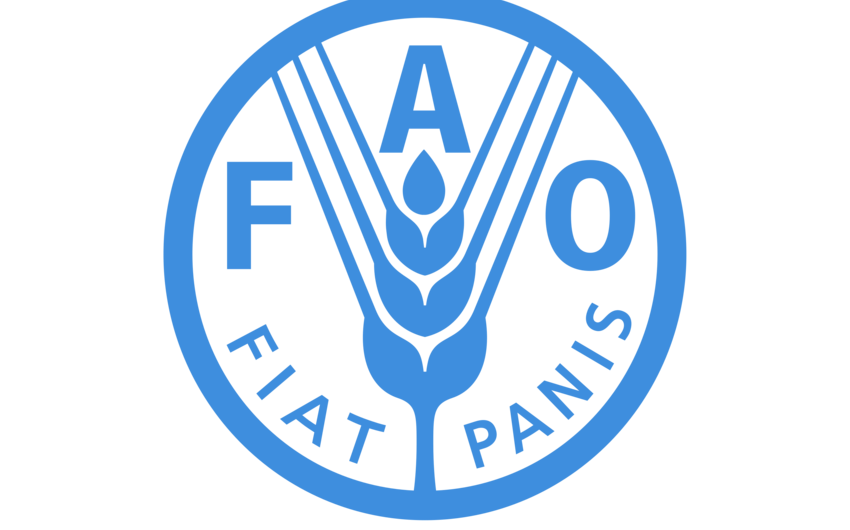The global supply gap due to the conflict between Russia and Ukraine could raise international food and feed prices by 8 to 22 percent above their already elevated baseline levels, reads a report by the Food and Agriculture Organization of the United Nations (FAO), Report informs.
FAO predicts negative consequences for the global food market due to the war between the Russian Federation and Ukraine, which are major producers and exporters of agricultural raw materials and food.
“FAO’s simulations gauging the potential impacts of a sudden and steep reduction in grain and sunflower seed exports by the two countries indicate that these shortfalls might only be partially compensated by alternative sources during the 2022/23 marketing season. The capacity of many exporting countries to boost output and shipments may be limited by high production and input costs.”
“If the conflict keeps crude oil prices at high levels and prolongs the two countries’ reduced global export participation beyond the 2022/23 season, a considerable supply gap would remain in global grain and sunflower seed markets, even as alternative producing countries expand their output in response to the higher output prices,” FAO noted.
Commenting on the logistical risks, FAO added that in Ukraine, there are also concerns that the conflict may result in damages to inland transport infrastructure and seaports, as well as storage and processing infrastructure. This is all the more so given the limited capacity of alternatives, such as rail transport for seaports or smaller processing facilities for modern oilseeds crushing facilities, to compensate for their lack of operation.
More generally, apprehensions also exist regarding increasing insurance premia for vessels destined to berth in the Black Sea region, as these could exacerbate the already elevated costs of maritime transportation, compounding further the effects on the final costs of internationally sourced food paid by importers.
Current indications are that, as a result of the conflict, between 20 and 30 percent of areas sown to winter crops in Ukraine will remain unharvested during the 2022/23 season, with the yields of these crops also likely to be adversely affected. Furthermore, considerable uncertainties surround Ukrainian farmers’ capacity to plant crops during the fast approaching spring crop cycle.
In the case of the Russian Federation, although no major disruption to crops already in the ground appears imminent, uncertainties exist over the impact that the international sanctions imposed on the country will have on food exports. Any loss of export markets could depress farmer incomes, thereby negatively affecting future planting decisions.
“Economic sanctions imposed on the Russian Federation could also disrupt its imports of agricultural inputs, notably pesticides and seeds, on which the country is highly dependent. This could result in less plantings, lower yields and lower qualities, exposing the Russian agricultural sector and global food supplies, at large, to non-negligible risks,” the report noted.
The Russian Federation and Ukraine are among the most important producers of agricultural commodities in the world. In the cereal sector, their contribution to global production is especially significant for barley, wheat and maize. Combined, the two countries, on average and respectively, accounted for 19, 14 and 4 percent of global output of these crops between 2016/17 and 2020/21. In the oilseed complex, their contribution to global production was particularly important for sunflower oil, with just over half of world output originating, on average, in the two countries during this period.
The prominence of the two countries in the world trade arena is similarly noteworthy in global markets of maize, barley and rapeseed, and even more so in the sunflower oil sector, where their substantial production bases endowed them with a combined world export market share of close to 63 percent, FAO added.


 https://static.report.az/photo/cd8d26d4-070e-48c5-acf6-adcde10929c9.jpg
https://static.report.az/photo/cd8d26d4-070e-48c5-acf6-adcde10929c9.jpg

